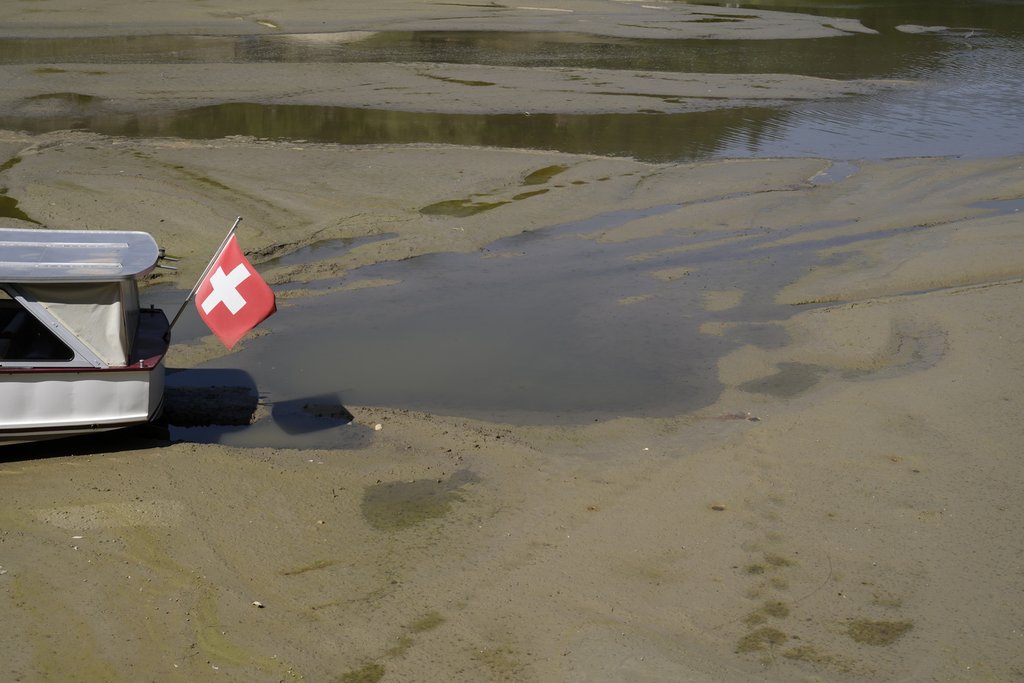Increasing heat, summer droughts, changing natural hazards and impaired ecosystems: The updated climate risk analysis shows how climate change will affect Switzerland and to what extent this will also depend on non-climatic developments. INFRAS conducted the analysis on behalf of the Federal Office for the Environment.

Almost ten years ago, the Federal Office for the Environment (FOEN) presented its first comprehensive report on the risks of climate change for Switzerland. At that time, INFRAS was involved in bringing together eight regional case studies into a national synthesis. The federal government is now developing its adaptation policy and setting new priorities. As a basis for this, INFRAS has also methodically developed and updated the «Climate Risk Analysis».
New focal points and different perspectives on risks
The climate risk analysis identifies 34 climate risks and six opportunities and categorizes them into five cross-sectoral challenges for Switzerland. In addition to climatic changes, non-climatic drivers of climate risks are now also identified and described. For example, demographic trends influence the risk of health impacts from heat waves, while economic growth and settlement expansion increase the future potential for losses from natural hazards.
Risks often arise from a combination of hazards that overlap in space and time or occur in sequence. For example, heavy rainfall after a long period of drought may fall on dry soils that cannot absorb the water. In addition, climate change abroad has an indirect impact on Switzerland through international interdependencies. The new climate risk analysis also focuses more strongly on these perspectives.
«Nine-box matrix» as the centerpiece
The effects of heat on health, property damage caused from forest fires or economic losses in winter tourism: how can such climate risks be compared with each other? INFRAS has further developed the «nine-box matrix», a tool for visualizing the risk landscape in Switzerland. The matrix shows which risks are already important today - and where the greatest changes are expected by 2060. Climate risks are particularly high where the risk is already high today and major changes are also expected.

The assessment of current relevance and future changes was carried out with the iterative involvement of experts. The risks were described and qualitatively assessed on the basis of numerous interviews and workshops. The assessments were then refined in several rounds of revisions.
In total, more than 90 experts from science, administration and business were involved in the new climate risk analysis.
Presentation at the Climate Forum Switzerland 2025
The new climate risk analysis was officially presented at the Climate Forum Switzerland 2025. INFRAS also presented an in-depth climate risk analysis that is currently underway and that addresses the vulnerability of particularly affected population groups.
Further information:
- Report: Climate Risk Analysis (abridged version)
- Report: Climate Risk Analysis (full version, in German)
- FOEN-Dossier Climate Risk Analysis (in German)
- Forum Climate Switzerland 2025
- INFRAS web article about the study on vulnerable groups
Further INFRAS web articles on similar topics:


